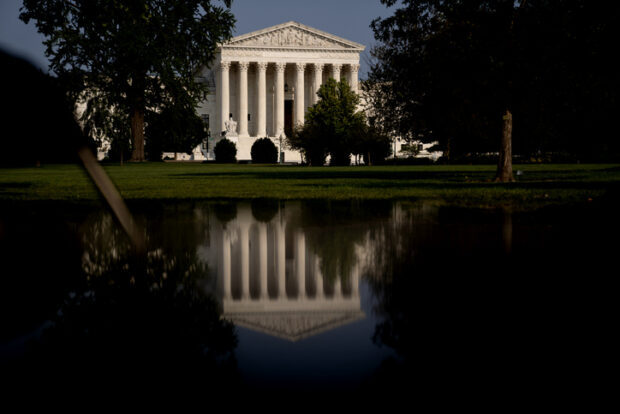July 2, 2025
Supreme Court's Decisions Spark Controversy and Division

In recent rulings, the U.S. Supreme Court has taken drastic steps that have both altered the judicial landscape and intensified internal discord among its justices. In a bold move, the Court completely abolished the power to issue universal injunctions, a decision that critics argue uses a sledgehammer approach where subtlety would have been more appropriate.
This decision was part of a series of contentious rulings, including one that broadens the application of strict scrutiny to parents with religious complaints about public school curricula acknowledging the existence of gay individuals. This has raised concerns about the implications for educational content and the balance between religious freedoms and educational standards.
Further stirring the pot, Justice Sonia Sotomayor took an innovative approach by characterizing the majority's rulings in her dissents, highlighting a tactical shift in how dissenting opinions can influence public understanding and legal discourse. Her actions suggest a strategic counter to what she perceives as the majority's efforts to obscure their judicial impacts.
Adding to the controversy, the University of Florida Law School is under scrutiny after a top prize was awarded by a Trump-appointed federal judge to a paper advocating for a racially exclusive interpretation of the Constitution. The school's tepid explanation did little to mitigate the uproar caused by the endorsement of such extremist views, raising serious questions about academic integrity and the influence of political biases in educational institutions.
The internal strife and the profound implications of the Supreme Court's recent decisions have been the subject of significant discussion and debate. Legal experts and commentators are dissecting these developments, trying to understand their long-term effects on American law and society. As the highest court in the land appears increasingly polarized, the foundational principles of American jurisprudence seem to be at a pivotal crossroads.